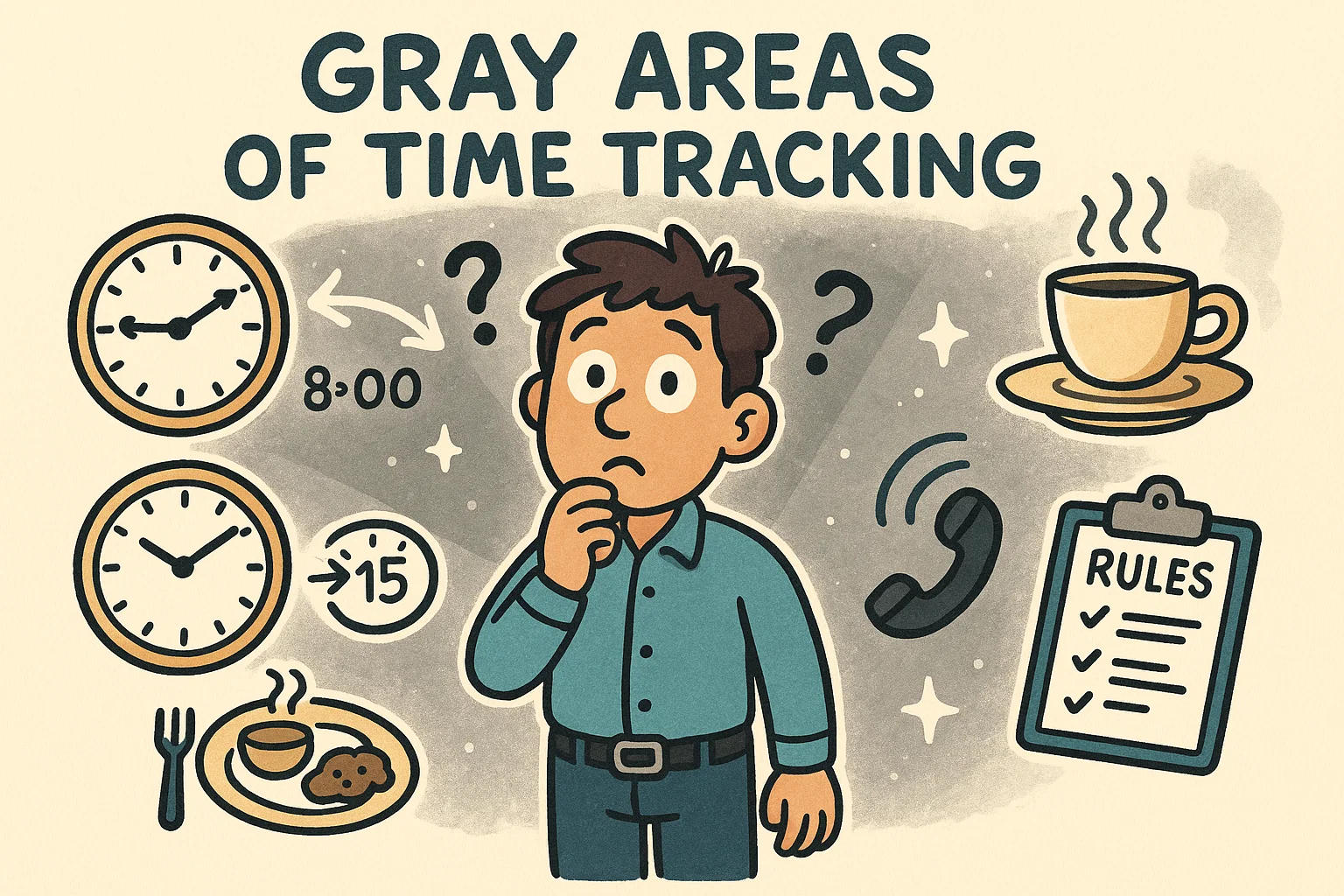Whether you’re clocking in for your shift or calculating your total hours for payroll, time cards have been a foundational tool in the workforce for decades. From punch cards in the early 1900s to today’s digital timesheets, understanding time cards goes beyond just adding up hours—it’s about compliance, fairness, and efficiency in the workplace. Let’s explore the full story of time cards, how they shape labor practices, and why they’re still relevant today.
What Is a Time Card, Really?
If you’ve ever clocked in or out of a job, chances are you’ve used a time card—whether it was a physical piece of paper, a punch-in system, or a digital app. At its core, a time card is a simple yet powerful tool that records the hours an employee works each day. It serves as the foundation for payroll, helps ensure compliance with labor laws, and—when used correctly—supports a fair and transparent workplace for both employers and workers.
Time cards aren’t just paperwork—they’re historical artifacts of how we value time and labor. Their evolution over the last century mirrors the transformation of work itself. Check out our Everyday Life page to discover useful guides that make daily calculations easier.
Paper vs. Digital Time Card
The shift from paper to digital time cards has brought significant benefits, including real-time updates, automatic calculations, and fewer manual errors. But paper time cards still have a place—especially in industries where access to technology is limited, or in workplaces that prefer physical records for backup or legal reasons.
The U.S. Department of Labor doesn’t mandate how time must be recorded—only that records must be accurate, complete, and kept for at least two years for non-exempt employees under the Fair Labor Standards Act (FLSA)¹.

Common Time Card Formats (And How They’re Filled Out)
Time cards come in a variety of formats, depending on the workplace and how time is tracked. The most common layout is the “in-out” format, where employees record the exact time they begin and end each shift, including lunch or break times. This format gives a clear picture of the workday, helping both employers and workers avoid confusion over hours.
Some companies prefer to log total hours worked per shift instead—especially when breaks are fixed and don’t require individual tracking. Others use military time (e.g., 14:30) to avoid AM/PM mix-ups, which can be especially helpful in 24-hour operations like hospitals and logistics.
Time cards are usually submitted on a weekly or bi-weekly basis. Key fields typically include the date, start time, end time, total hours, and occasionally a notes section for special circumstances or comments.
Mistakes to avoid? Missed punches, incorrect rounding, or forgetting to clock out—all of which can lead to payroll errors and even legal issues if not caught. Clean, consistent records are the key to smooth payroll and accurate labor reporting.
Average Wages and Overtime Hours
Based on the Fair Labor Standards Act (FLSA), wages and overtime hours are essential aspects of protecting workers' rights in the United States. Under the FLSA, employees are entitled to a federal minimum wage of $7.25 per hour. For overtime, workers are eligible to receive at least 1.5 times their regular pay rate for each hour worked beyond 40 hours in a week. This regulation safeguards employee rights and encourages a fair working environment. Businesses that do not comply may face legal penalties, and certain exceptions apply to specific occupations and types of employees.
The Gray Area: Rounding Rules, Breaks, and Exceptions
Not all time tracked on a time card is as straightforward as clocking in at 9 and out at 5. There’s a gray area filled with rules, exceptions, and legal fine print—especially when it comes to rounding, breaks, and on-call time.
Under federal law, employers are allowed to round employee time to the nearest quarter hour—but only if the rounding averages out fairly over time. This is known as the 7-minute rule: for instance, clocking in at 8:07 can legally be rounded to 8:00, while 8:08 would round up to 8:15. Abuse of this rule, however, can lead to wage violations.
Break time is another area of confusion. According to the U.S. Department of Labor, short breaks (usually 5–20 minutes) must be paid, while meal periods (typically 30+ minutes) can be unpaid—only if the employee is completely relieved of duty.
“Off-the-clock” work or on-call time may also count as paid time, depending on how restrictive the conditions are. If time cards don’t reflect actual hours worked, employees should report discrepancies immediately.
📎 Check out our Break Time Calculator to see how your breaks affect total work hours.

Exempt and nonexempt
In the context of U.S. labor law, particularly under the Fair Labor Standards Act (FLSA), classifying employees as "exempt" or "nonexempt" is crucial, directly impacting the rights and responsibilities of both employees and employers.
Exempt
Employees classified as "exempt" are typically those in higher positions within an organization, such as managers, executives, or highly skilled professionals. To qualify as exempt, employees must meet specific criteria:
-
Job Duties and Responsibilities: Employees must have managerial or significant decision-making responsibilities, possessing the authority to perform their job without close supervision.
-
Salary Level: The salary must meet the minimum threshold set by the FLSA, which is currently around $35,568 per year.
-
Type of Work: Jobs in professional fields such as healthcare, law, science, and information technology often fall under the exempt category.
Since exempt employees are not entitled to overtime pay, they may receive a higher salary but are also expected to work more hours without additional compensation.
NoneExempt
In contrast, "nonexempt" employees are those entitled to receive overtime pay if they work more than 40 hours in a workweek. This classification typically applies to:
-
Hourly Workers: Employees paid by the hour, such as laborers or factory workers, are often classified as nonexempt.
-
Lower Salary Levels: Positions with salaries below the FLSA threshold are also considered nonexempt.
-
Jobs Outside of Exempt Criteria: Positions that do not require high levels of specialized knowledge or managerial authority usually fall into this group.
Nonexempt employees are entitled to receive overtime pay at a rate of 1.5 times their regular pay for any hours worked beyond 40 in a workweek. This ensures that they are fairly compensated for the time and effort they contribute.

